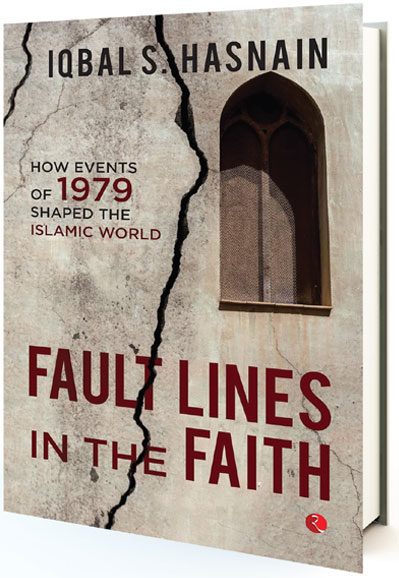Religion and Politics
How the deadly mix changed the contours of West Asia forever. An extract
Iqbal S. Hasnain
It was after the US-British invasion of Iraq in 2003, however, that the entire regional dynamics went for a total shake-up. With Saddam Hussein, Saudis had been able to present as an effective counterweight to Iran’s regional ambitions. After the invasion, however, the new Shia-dominated government in Iraq was supported by Iran, upsetting the Kingdom of Saudi Arabia. Saudi had never imagined a major Shia Arab country in their neighbourhood. It rightly feared Iran’s increasing interference in the region, for the first time, challenging its supremacy in the neighbourhood.
Saudi Arabia was actively involved in Syria to overthrow President Bashar al-Assad. It was mainly aimed at destroying the Syrian-Iranian alliance. The American invasion of Iraq in 2003, the Lebanon War in 2006 and the Iran-Iraq-Syria pipeline programme, all led to strengthening the ties between Iran and Syria. These developments, in turn, worsened the ties between Syria and Saudi Arabia. The Assad regime of Syria received support from Iran and the local Shia Alawite population. Saudi Arabia is also afraid of its Shia population in the eastern province of the kingdom rising against the government, especially after the Arab Spring. Just over 74 per cent of the Syrian population practices Sunni Islam and hence Saudi Arabia hopes to get an upper hand in case the Assad regime falls. Therefore, Saudi Arabia sends a large number of young jihadis to wage war against the Alawite political regime.
Traditionally, majority of the Syrian Sunnis followed Sufi traditions and rejected the bigoted Wahhabi-Salafi ideology, advocated by Saudi Arabia. Jihadi groups like Free Syrian Army (FSA) and Jabhat al-Nusra were allied to the al-Qaeda and were actively supported by it financially and logistica
Subscribe To Force
Fuel Fearless Journalism with Your Yearly Subscription
SUBSCRIBE NOW
We don’t tell you how to do your job…
But we put the environment in which you do your job in perspective, so that when you step out you do so with the complete picture.








